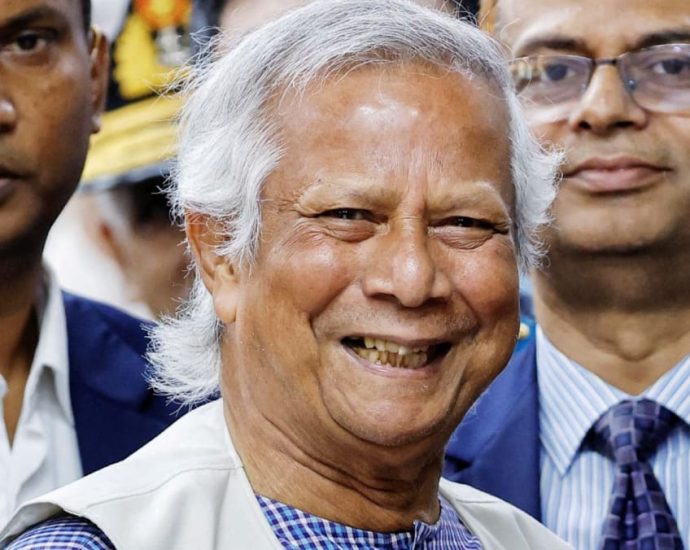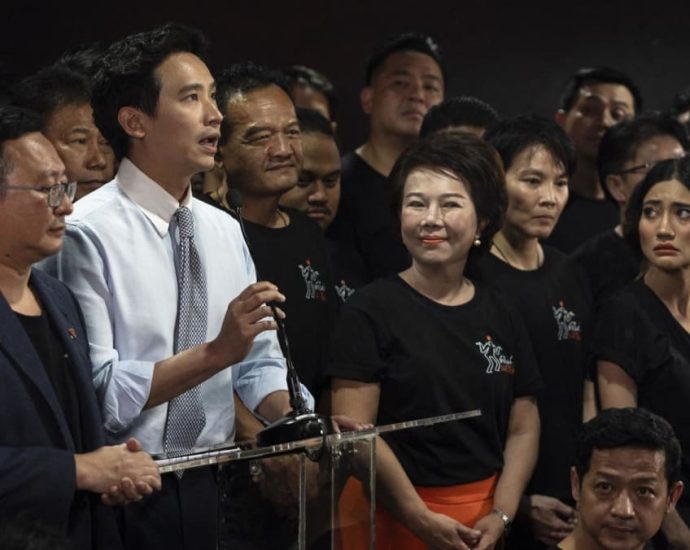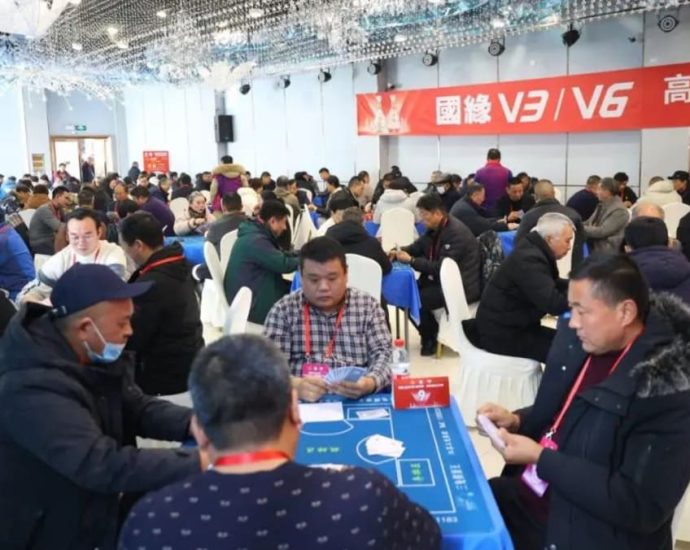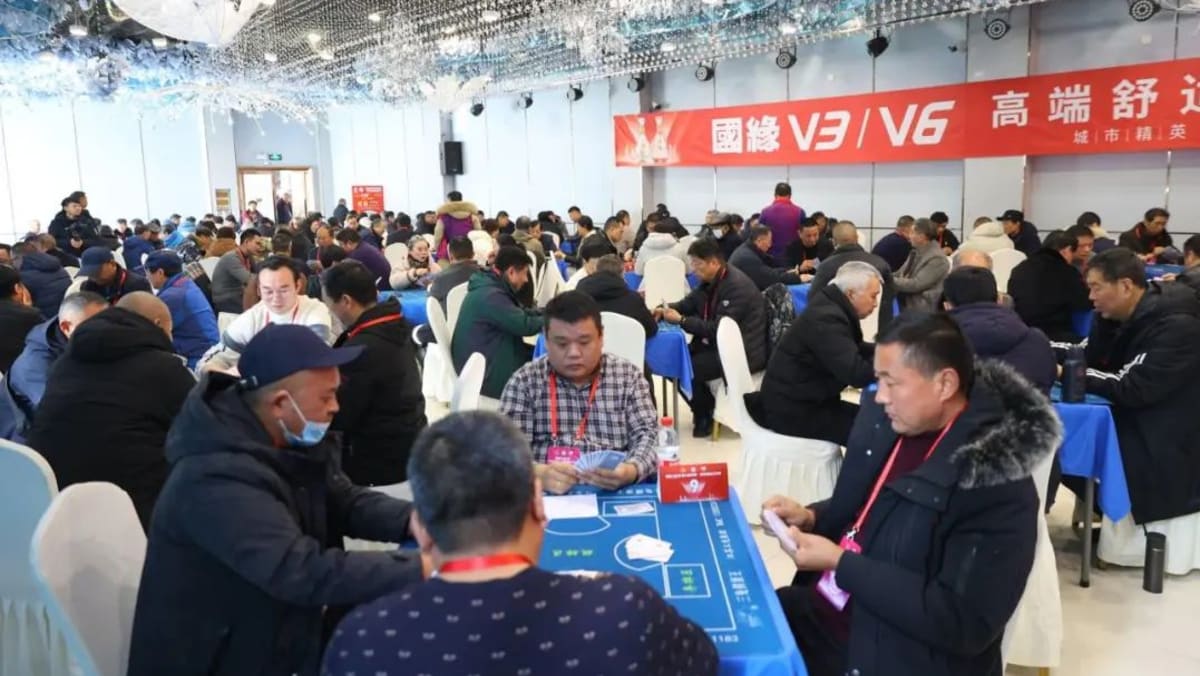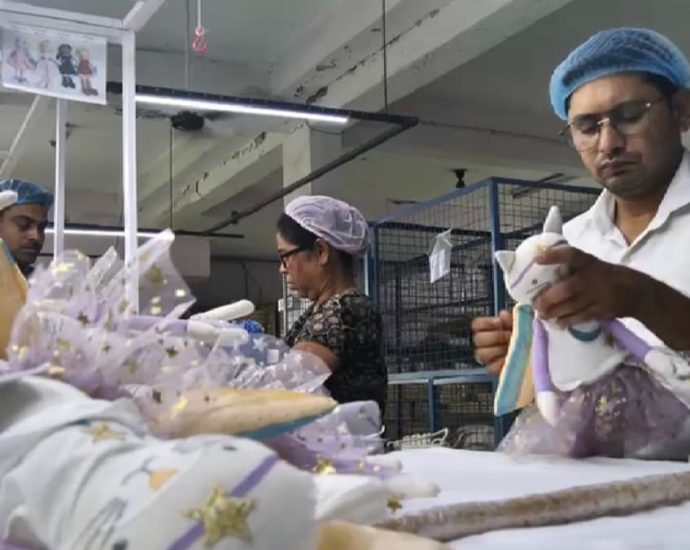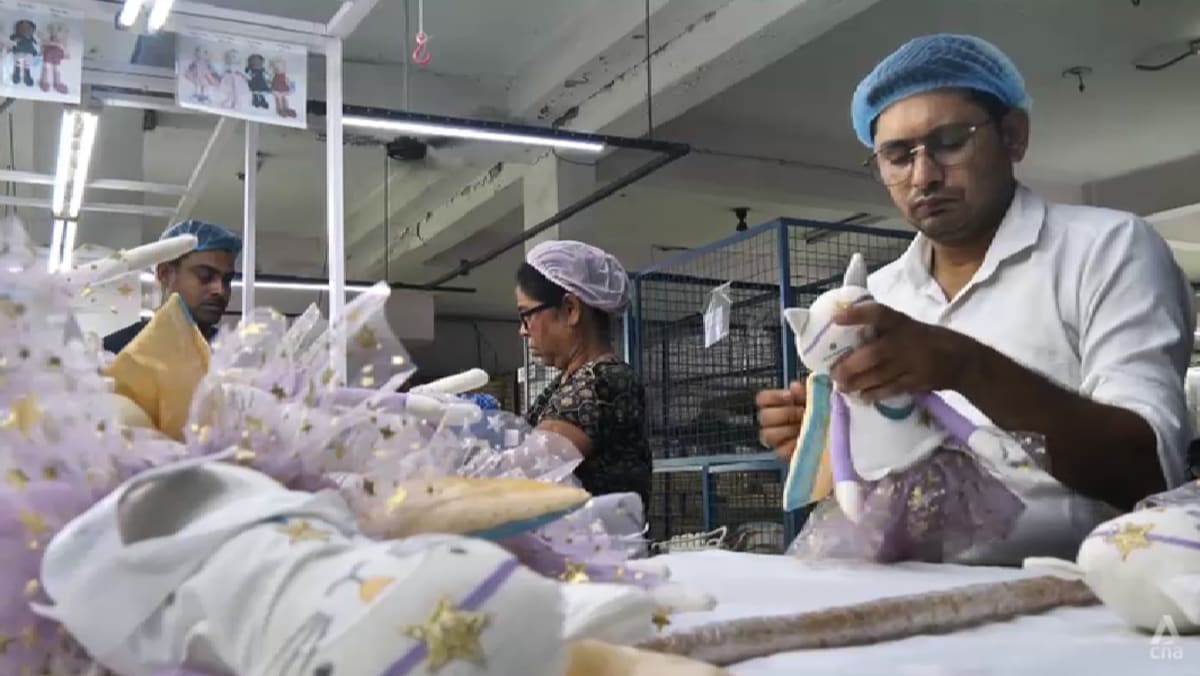Nagasaki mayor defends Israel snub at atomic bomb memorial
TOKYO: Nagasaki’s mayor said on Thursday ( Aug 8 ) it was “unfortunate” that the United States ‘ and United Kingdom’s ambassadors to Japan have refused to attend a ceremony marking the 1945 atomic bombing of the city because Israel was snubbed. But he defended the decision not to askContinue Reading


